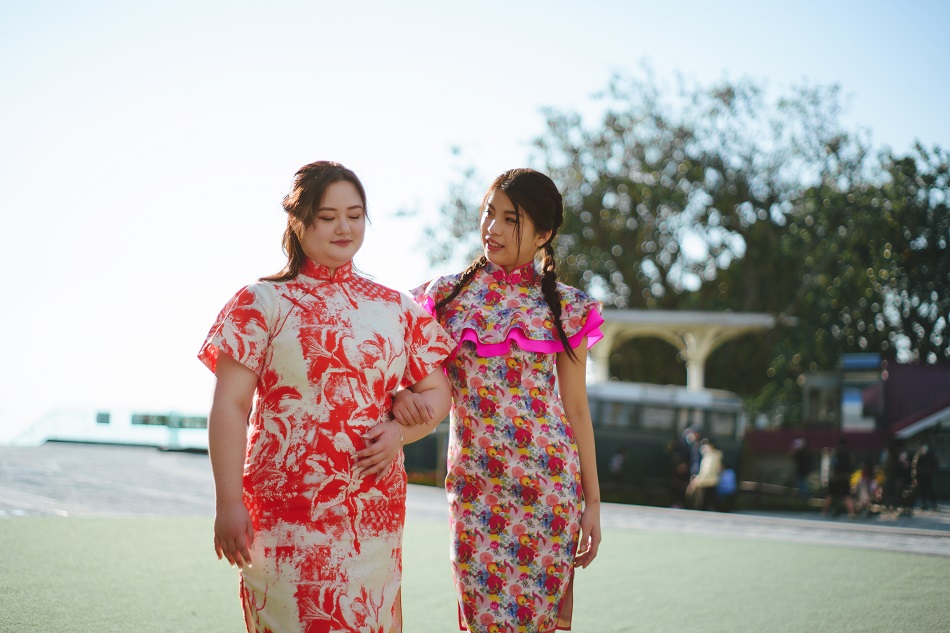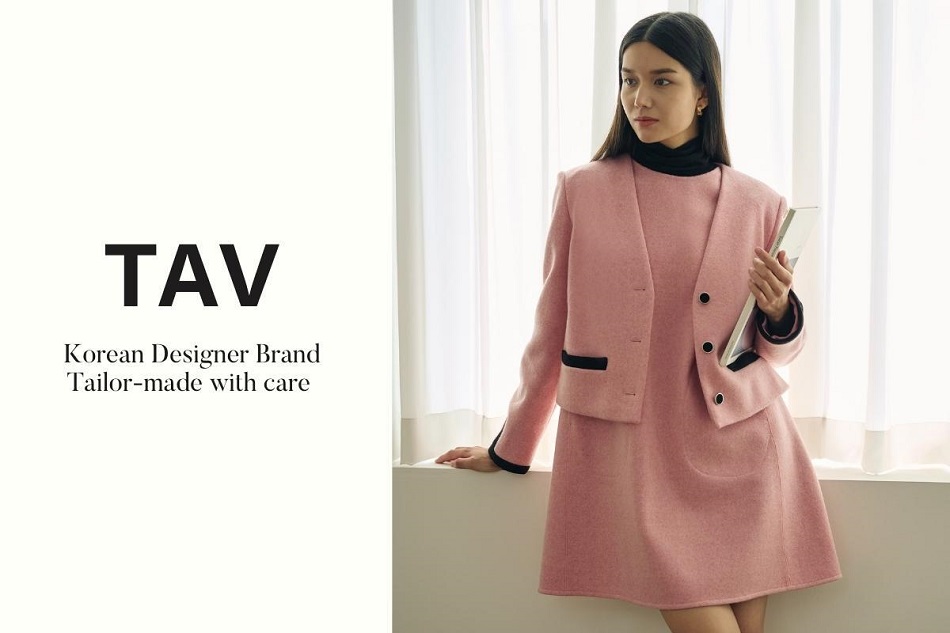Interview #11
BEHIND THE COVERS: CURATING VISUAL DICTIONARIES FOR THE PAST, PRESENT AND FUTURE
Victor

Written by RMM
Photos by Victionary
“Guess what, my work was selected to be featured in viction:ary’s latest collection!”
“No way! That’s amazing.”
That’s the sort of conversation we imagine happening, when a designer gets a request for his or her work to be featured in any of the esteemed viction:ary’s publications that range from graphic design, illustration, fashion, architecture, product design to even contemporary art. It’s no exaggeration that this Hong Kong publishing company has found ardent fans amongst the creative industry’s highly discerning bunch.
Under the watchful eye of founder and creative director Victor Cheung, viction:ary has become famous for having their finger right on the pulse of creativity and the future of design trends. Their efforts resulted in beautiful tomes that contain themes and images that aren’t found easily online, “even when you search with a hashtag or phrase” Victor quips. He further emphasises that good book themes have “a strong focus that can be illustrated well by a wealth of recent, decent solutions in unmatched styles”.viction:ary’s passion for sharing all things design means constant conversations with fellow designers as well as readers, in order to produce books that will be loved.
We speak to Victor to find out more about what it’s like publishing design books in this era of digital scrapbooking, and pinning instead of printing.
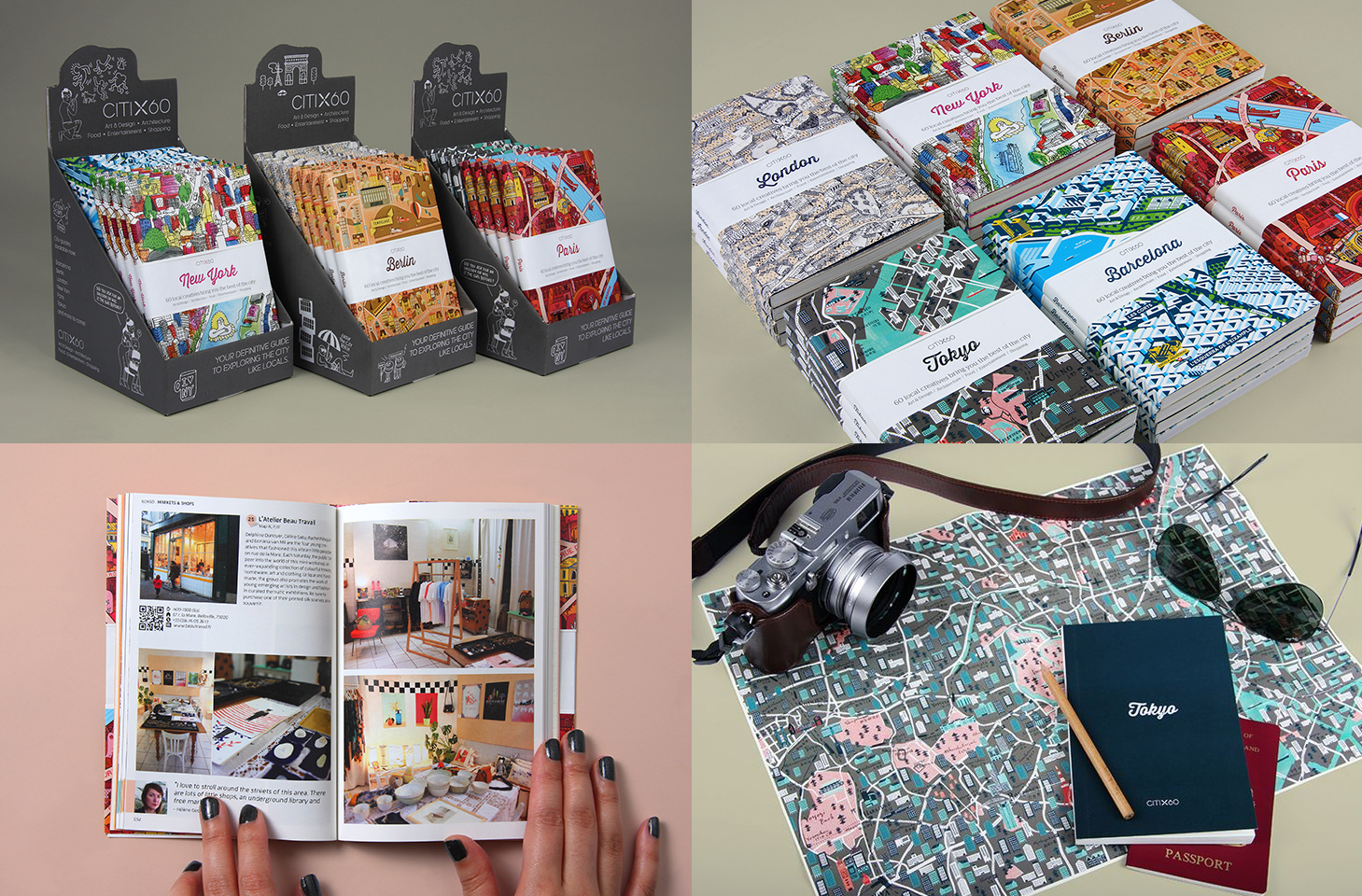
CITIx60 City Guides
RMM: Hello! What went through your mind when you decided to start viction:ary and publish your first book? What made you decide to jump into the publishing business?
Victor: I worked as a creative director at a design magazine before I started viction:ary, so technically I was already in publishing when I went out on my own. Back then, part of my job involved spotting trending designs. The Internet was still taking shape and had less to offer compared with today. It was then I registered strong demands for quality design reference books worldwide — publications that can reflect diversity in creative concepts, production techniques and style.
The very first book published by viction:ary was the first of a three-book series. I did it with a friend and we invited artists from around the world to experiment with photography and create imagery that manifested their style. There were also interviews on the side. I tried to have fun with publishing and book design. I thought designers were hankering for something different, more than just pages loaded with design work.
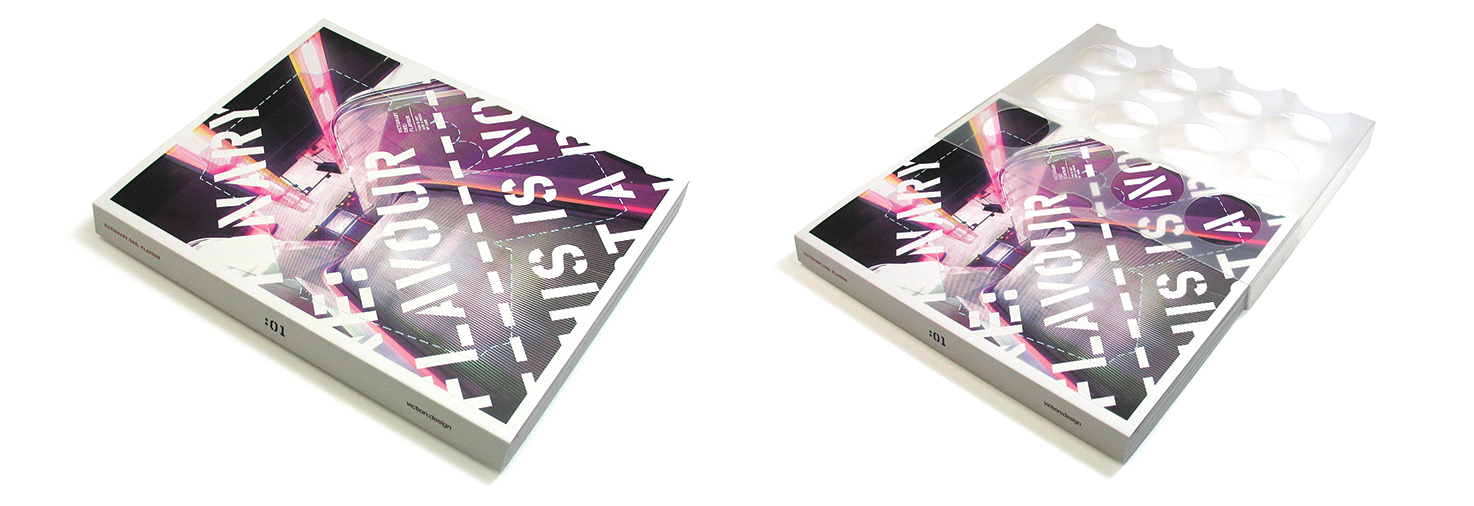
Flavour
RMM: Your publications are known for its high production quality and interesting printing choices. What role does book design and printing techniques play in the viction:ary experience?
V: Thank you! A book's design is always as important as its content because only a thoughtfully produced cover could justify the work featured inside. The special printing, measurements, inserts and paper choices all come together to complete the experience of reading and help readers remember this book they're holding is all about design.
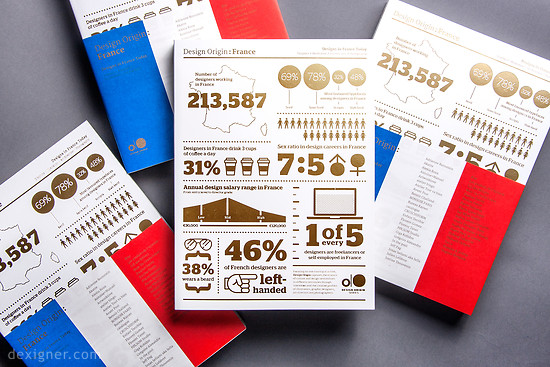
Design Origin, France, Designs in France Today
RMM: Online platforms like Instagram, drrrible, Pinterest and online visual content aggregators like swissmiss, It’s Nice That and Nowness are fast becoming the designer’s “new visual dictionary”, where designs and ideas can ‘live forever’ online. What is the significance or importance of a physical record like Victionary’s publications?
V: It really depends on the platforms. They can be exactly ephemeral once these sites are killed, or when published content is changed or erased without trace. However, a book offers a tactile and time-based record of ideas. The printed record is yours once you acquire it and stays the same unless you lose the book. Of course it is also about the touch of paper. the printing effects, the flipping of pages, and the act of spreading books all over the desk and floor! You can literally ‘dig’ for ideas from a mountain of books. That is nothing comparable to viewing designs on a screen!
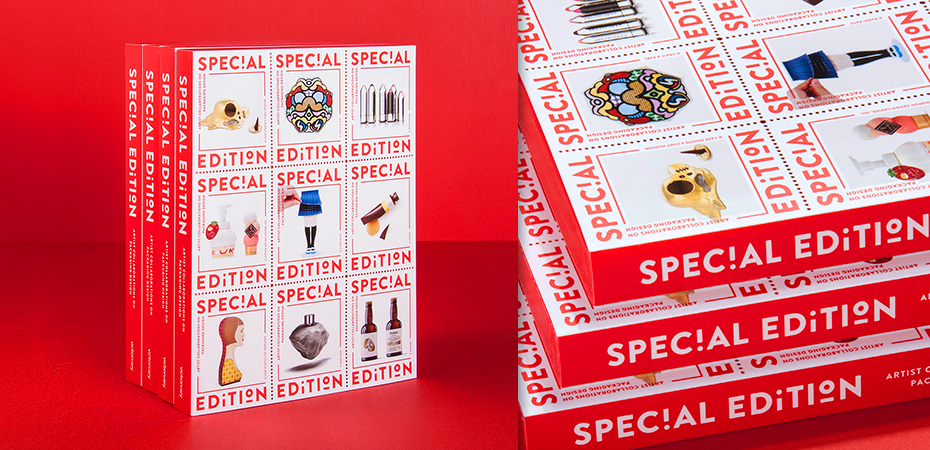
Special Edition, Artist Collaborations on Packaging Design
RMM: Finally, do you have any predictions on where design and visual communication will go in the next 5 years?
V: We hope that design and visual communication will receive more public recognition and attention as it should. It's exciting to see how people start to acknowledge the meaning and value that graphics have, other than just seeing a cool patch of patterns made of interesting colours and shapes. A lot could happen in five years. We'll see.
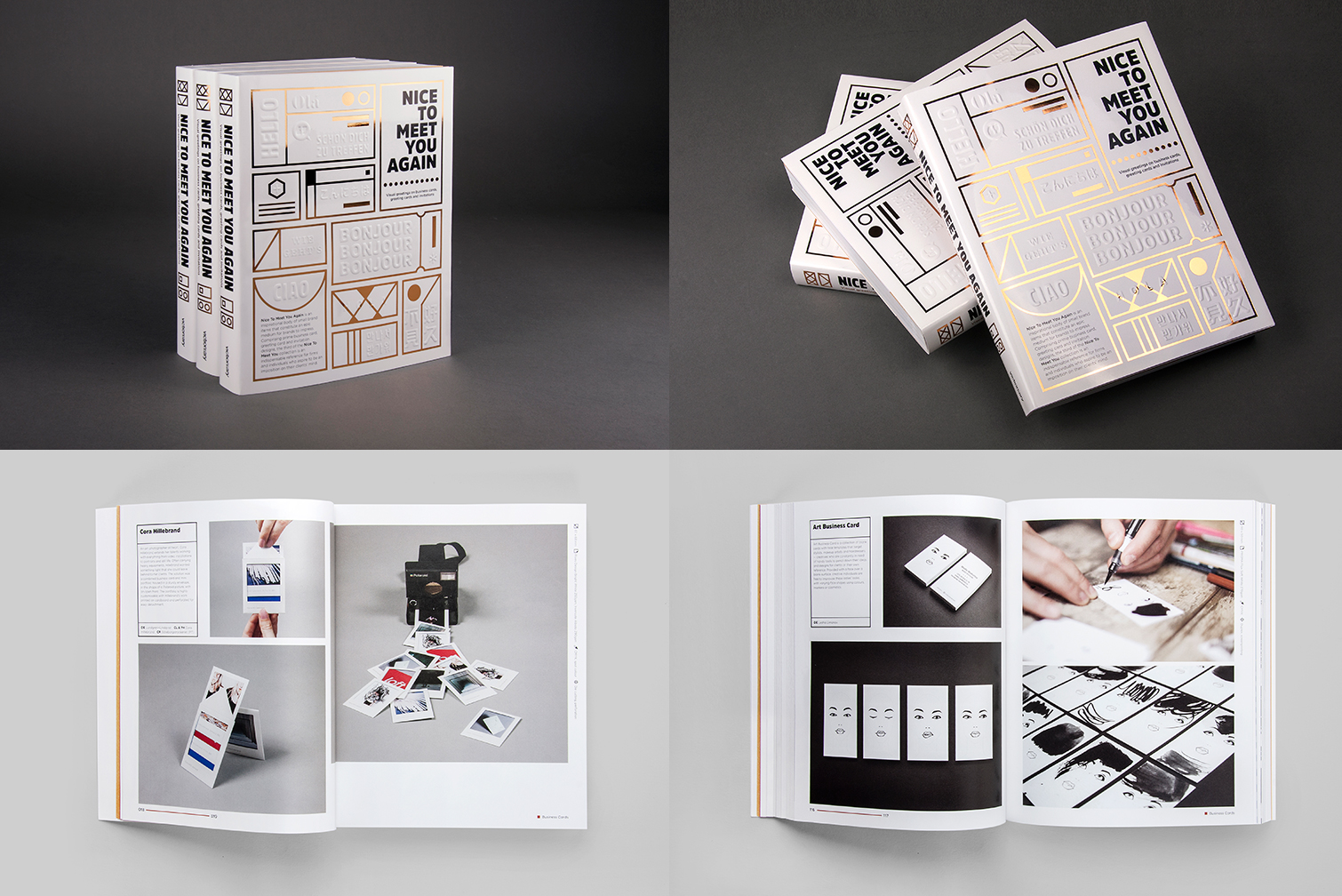
Nice To Meet You Again, Business cards, greeting cards and invitations

